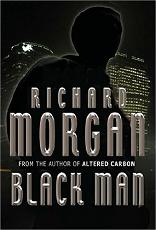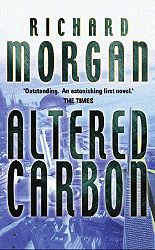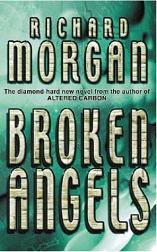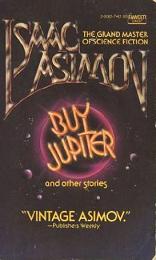
Foundation
Isaac Asimov
189 pages
published in 1951
If you’ve ever been in the Netherlands on 30th April than you know we celebrate Queensday (the queen’s birthday party, held on the birthday of the previous queen but don’t ask) by holding massive flea markets/car boot sales. Ideal opportunities to pick up a lot of books fast and cheap. This year it included a lot of Asimov books, from a guy selling off his science fiction collection, including all the good Foundation series books: Foundation, Foundation and Empire and Second Foundation. These were orginally written as short stories in the forties, then reworked into novels in the early fifties, among the first science fiction novels to be sold as such. Much much later Asimov would write new sequels to these three books, but those were .. not good.
The originals though were, if not the first Galactic Empire stories, the ones who popularised it and set the pattern for a flood of imitators (see for example Brian Aldiss’ two anthologies, Galactic Empires volume I and volume 2). Influenced by Edward Gibbons History of the Decline and Fall of the Roman Empire, Asimov basically transplanted the Roman Empire to Outer Space and had it rule the Galaxy, a Galaxy devoid of any other intelligent life and in which it was axiomatic that humanity should be united under one emperor and ruled from one planet and anything else would be barbarism. Yes, these are all utterly clichéd and wornout concepts now, but don’t forget that this was first published in 1951 and based on stories from the forties, in other words, this is some seventy years old. You may therefore wonder if Foundation is worth reading for anything but historical value. Certainly Asimov’s reputation as a not very good writer doesn’t help — you don’t read his stories for his sparkling turn of phrase.



